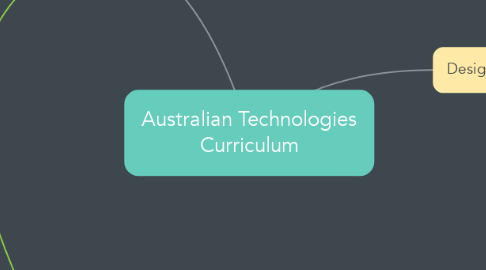
1. Digital Technologies
2. Knowledge and understanding:
2.1. Systems: Students will explore digital systems and how each part comes together for a purpose. They begin with basic hardware and software, then in to peripherals and finally in to communication between multiple systems.
2.1.1. CD: Recognise and explore digital systems (hardware and software components) for a purpose (ACTDIK001). GC: Critical and creative thinking, ICT
2.1.2. CD: Identify and explore a range of digital systems with peripheral devices for different purposes, and transmit different types of data (ACTDIK007). GC: Critical and creative thinking, ICT, numeracy.
2.1.3. CD: Examine the main components of common digital systems and how they may connect together to form networks to transmit data (ACTDIK014). GC: Critical and creative thinking, ICT, literacy.
2.2. Data representation: Students will recognise and explore how data is shown and can be represented. They will start with pictures, symbol and diagrams. They will then explore how the same data can be represented in different ways and finally on how numbers represent data.
2.2.1. CD: Recognise and explore patterns in data and represent data as pictures, symbols and diagrams (ACTDIK002). GC: Critical and creative thinking, ICT, literacy, numeracy.
2.2.2. CD: Recognise different types of data and explore how the same data can be represented in different ways (ACTDIK008). GC: Critical and creative thinking, ICT, numeracy.
2.2.3. CD: Examine how whole numbers are used to represent all data in digital systems (ACTDIK015). GC: Critical and creative thinking, ICT, literacy.
3. Processes and Production Skills
3.1. Working with data: Students will learn how to collect and use data for many different purposes.
3.1.1. CD: Collect, explore and sort data, and use digital systems to present the data creatively (ACTDIP003). GC: Critical and creative thinking, ICT, literacy, numeracy.
3.1.2. CD: Collect, access and present different types of data using simple software to create information and solve problems (ACTDIP009). GC: Critical and creative thinking, ICT, literacy, numeracy.
3.1.3. CD: Define problems in terms of data and functional requirements drawing on previously solved problems (ACTDIP017). GC: Critical and creative thinking, ICT, literacy, numeracy.
3.2. Solving problems: Students will learn how to create algorithms that are step by step solutions to many different problems. they will also solve problems using data and visual programs.
3.2.1. CD: Follow, describe and represent a sequence of steps and decisions (algorithms) needed to solve simple problems (ACTDIP004). GC:
3.2.2. CD: Define simple problems, and describe and follow a sequence of steps and decisions (algorithms) needed to solve them (ACTDIP010). GC:
3.2.3. CD: Implement simple digital solutions as visual programs with algorithms involving branching (decisions) and user input (ACTDIP011). GC:
3.2.4. CD: Define problems in terms of data and functional requirements drawing on previously solved problems (ACTDIP017). GC:
3.2.5. CD: Design, modify and follow simple algorithms involving sequences of steps, branching, and iteration (repetition) (ACTDIP019). GC:
3.2.6. CD: Implement digital solutions as simple visual programs involving branching, iteration (repetition), and user input (ACTDIP020). GC:
3.3. Systems: Students will learn how information systems can be used for person and community needs.
3.3.1. CD: Explain how student solutions and existing information systems meet common personal, school or community needs (ACTDIP012). GC:
3.3.2. CD: Design a user interface for a digital system (ACTDIP018). GC:
3.3.3. CD: Explain how student solutions and existing information systems are sustainable and meet current and future local community needs (ACTDIP02). GC:
3.3.4. CD: Explore how people safely use common information systems to meet information, communication and recreation needs (ACTDIP005). GC:
3.4. Communicating ideas: Students will learn how to use digital technologies to communicate between each over and between systems.
3.4.1. CD: Create and organise ideas and information using information systems independently and with others, and share these with known people in safe online environments (ACTDIP006). GC:
3.4.2. CD: Plan, create and communicate ideas and information independently and with others, applying agreed ethical and social protocols (ACTDIP013). GC:
3.4.3. CD: Plan, create and communicate ideas and information, including collaboratively online, applying agreed ethical, social and technical protocols (ACTDIP022). GC:
